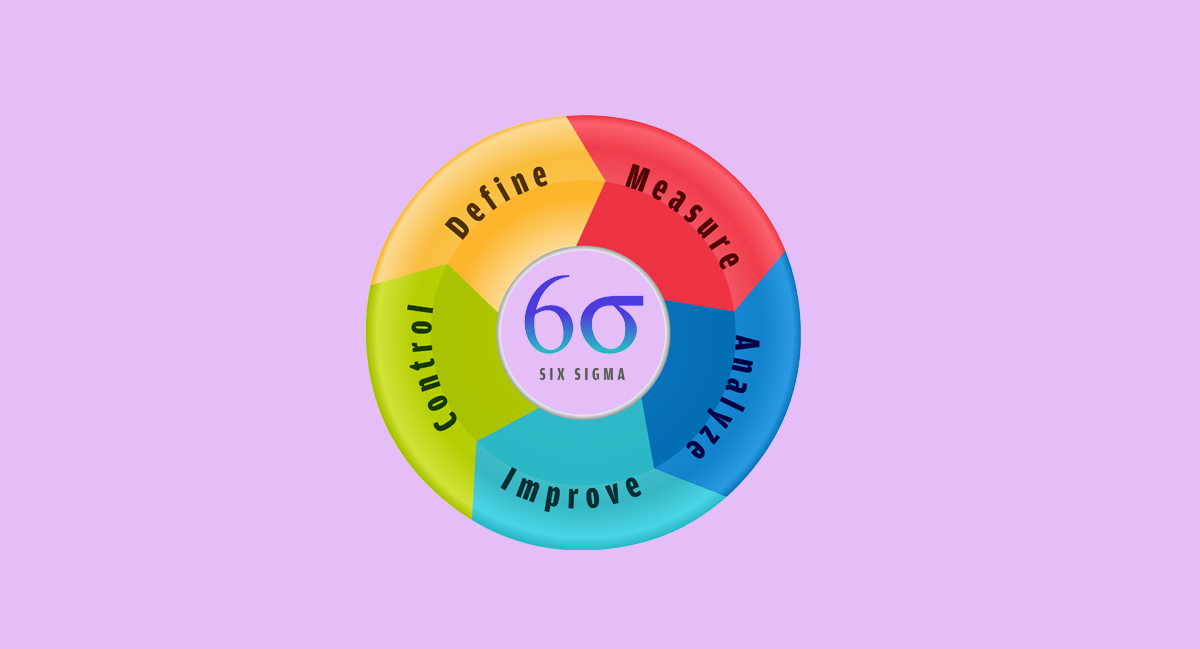In the ever-evolving landscape of business, the pursuit of quality is akin to chasing the horizon – it’s a constant journey, not a destination. Traditional quality control methods, while valuable, can sometimes resemble playing whack-a-mole: effective at addressing immediate issues, but lacking the foresight to prevent them entirely. This is where Six Sigma steps in, wielding a data-driven approach that transforms quality control from a reactive game to a proactive revolution.
Imagine a master chef. They meticulously measure ingredients, meticulously control cooking times, and have an intuitive sense of when a dish has reached its peak. Six Sigma takes a similar approach. It’s a structured methodology built on the DMAIC cycle: Define, Measure, Analyze, Improve, and Control. Let’s delve into this culinary analogy to understand how Six Sigma seasons the recipe for success.
Defining the Recipe: Understanding the Customer’s Palette
The first step is understanding the customer’s palate. Just as a chef wouldn’t start cooking without a recipe, Six Sigma starts by defining the problem or opportunity for improvement. This could be anything from reducing product defects to streamlining a customer service process. Here, the “customer” isn’t just the one buying the final product, but also any internal or external stakeholder impacted by the process. By clearly defining the desired outcome, Six Sigma sets the stage for a focused and measurable improvement journey.
Measuring the Spice Level: Quantifying the Problem
Now, the chef needs to measure the key ingredients. Similarly, Six Sigma uses data collection tools to quantify the current state of the process. This might involve analyzing defect rates, cycle times, or customer satisfaction surveys. Data is the lifeblood of Six Sigma – it provides a baseline against which improvements can be measured. Without this objective data, any attempts at improvement become a guessing game, seasoned with a hefty dose of intuition.
Analyzing the Ingredients: Diagnosing the Root Cause
With the measurements in hand, it’s time for the detective work. Six Sigma employs a variety of analytical tools to identify the root causes of the problem. This is akin to the chef pinpointing exactly why a dish is falling flat – is it a faulty oven, an imprecise measurement, or an inferior ingredient? By identifying the root cause, Six Sigma ensures that solutions address the core issue, not just the symptoms.
Spicing Up the Dish: Implementing Effective Solutions
Now comes the creative part! Six Sigma empowers teams to brainstorm and implement solutions to address the root cause. This could involve anything from process redesign to employee training to implementing new technology. Just as a chef might adjust the cooking temperature or substitute an ingredient, Six Sigma provides a framework for experimentation and innovation.
The Final Garnish: Controlling for Consistency
The final step involves ensuring consistency – the chef wouldn’t want every dish to taste slightly different! Six Sigma achieves this through control measures, which monitor the process and ensure that the improvements are sustained over time. Think of it as the chef keeping a close eye on the dish as it cooks, ensuring it reaches perfection every single time.
The Power of Six Sigma: Beyond the Kitchen Analogy
Six Sigma’s impact extends far beyond the realm of culinary metaphors. Here are some of the key benefits it brings to organizations:
- Reduced Defects and Errors: By pinpointing the root cause of problems, Six Sigma significantly reduces defects and errors, leading to higher quality products and services.
- Increased Efficiency: Streamlined processes and reduced waste lead to improved efficiency and productivity.
- Enhanced Customer Satisfaction: Consistent quality and reduced errors translate to happier customers.
- Data-Driven Decision Making: Six Sigma promotes a culture of data-driven decision making, leading to more informed strategies.
- Continuous Improvement: The core principle of Six Sigma is a relentless pursuit of improvement, fostering a culture of innovation and problem-solving within organizations.
Six Sigma isn’t a magic bullet, but it’s a powerful tool that empowers organizations to achieve excellence in quality control. By providing a structured approach, data-driven insights, and a culture of continuous improvement, Six Sigma ensures that your business doesn’t just meet quality standards, it sets them.


